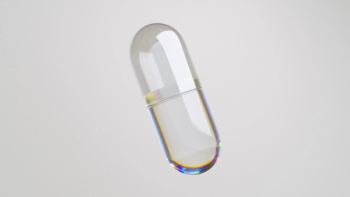
Spirulina Extract Gets FDA Approval for Coloring of Tablet and Capsule Coatings
U.S. dietary supplement manufacturers now have a new colorant option for creating naturally blue, green, and purple tablets or capsules.
Spirulina has been
On August 21, Colorcon, Inc. (Harleysville, PA) announced FDA had approved its color additive petition for the use of spirulina extract (CAP 4C0300), expanding the allowed uses of spirulina colorant to include the coating formulations applied to dietary supplement and drug tablets and capsules.
Colorcon says it first developed this spirulina extract petition in response to “ever-increasing requests from dietary supplement manufacturers for more naturally-derived pigment options, specifically stable blue colors.”
“We are proud to be instrumental in expanding the use of spirulina extract, especially for use in the dietary supplement industry,” says Kelly Boyer, Colorcon’s film coating general manager, in a press release. “Blue and green colors are difficult to achieve using previously approved ‘natural’ colorants.”
Prior to FDA’s approval of this spirulina color additive petition for tablets and capsules, options for natural blue colorants were scarce, according to Deborah Taylor, global market communications manager, Colorcon. Anthocyanin-based pigments could be used to approximate blue shades, but the results varied in success depending on the pH of the formulation, says Taylor.
“The blue color resulting from spirulina extract is much more stable at varying pH,” says Taylor. “It not only allows for a vibrant blue on its own, but it can easily be combined with other pigments to develop colors from purples to greens without pH-related concerns.”
It looks like the rainbow of natural colors approved for dietary supplement firms to use on capsules or tablets in the United States just got a little more complete.
Read more:
Michael Crane
Associate Editor
Nutritional Outlook Magazine
Newsletter
From ingredient science to consumer trends, get the intel you need to stay competitive in the nutrition space—subscribe now to Nutritional Outlook.





